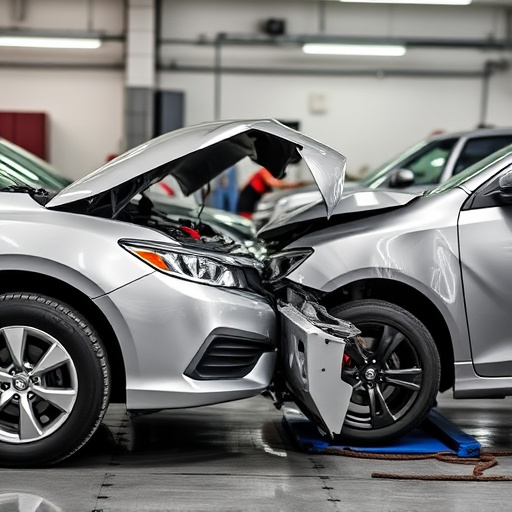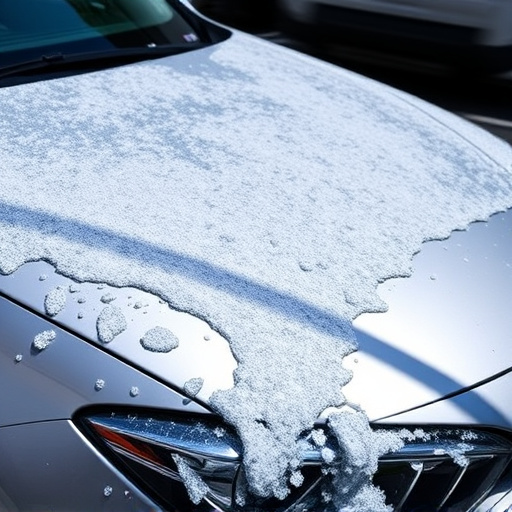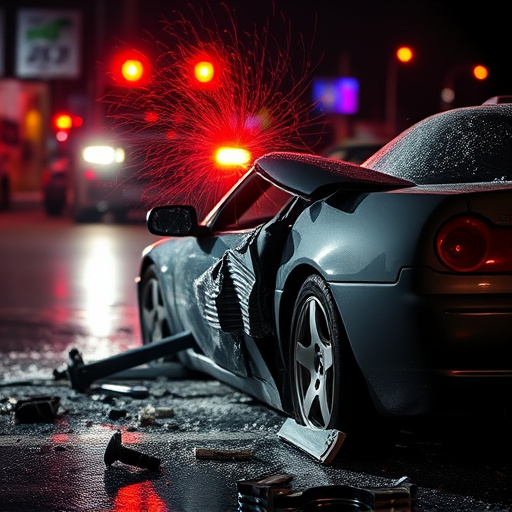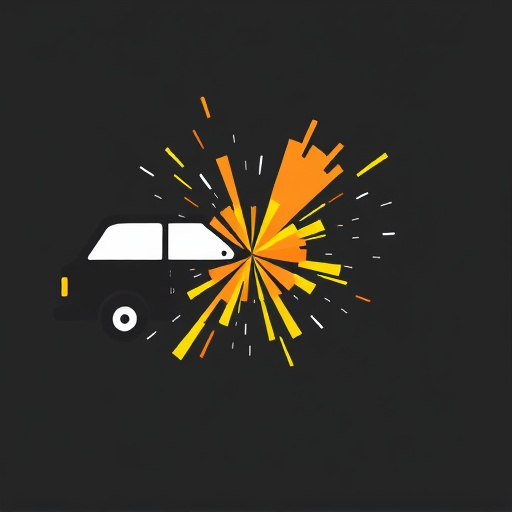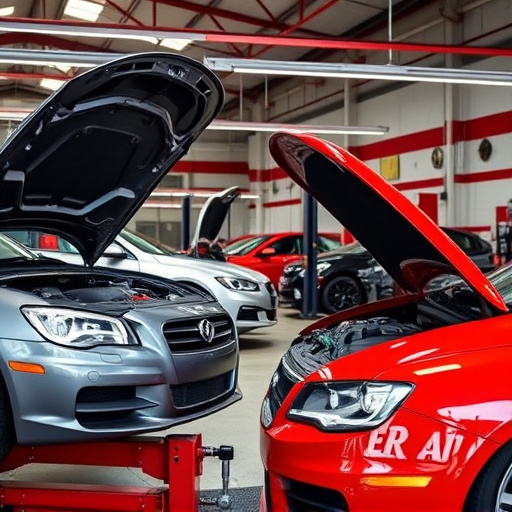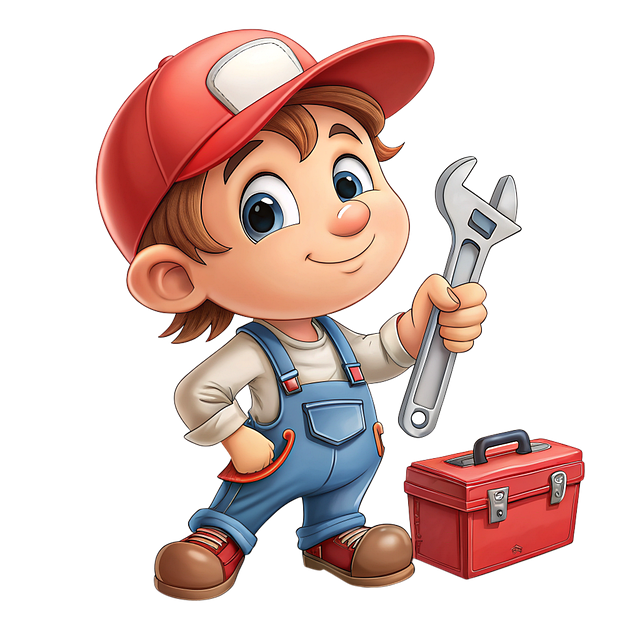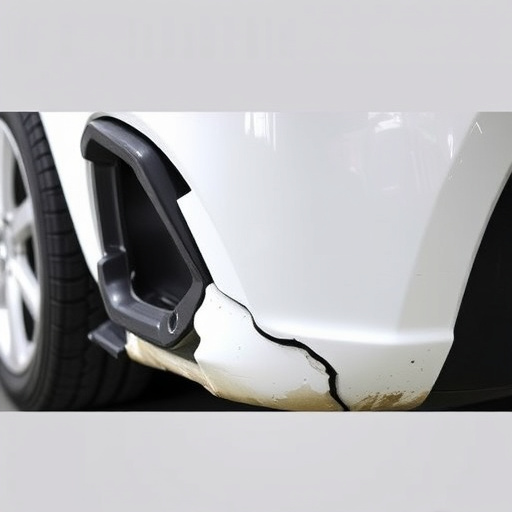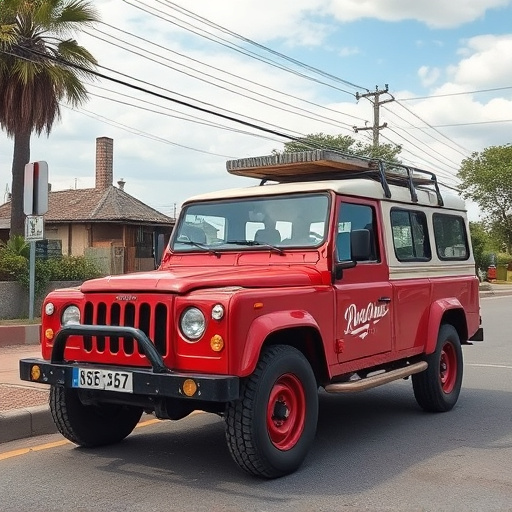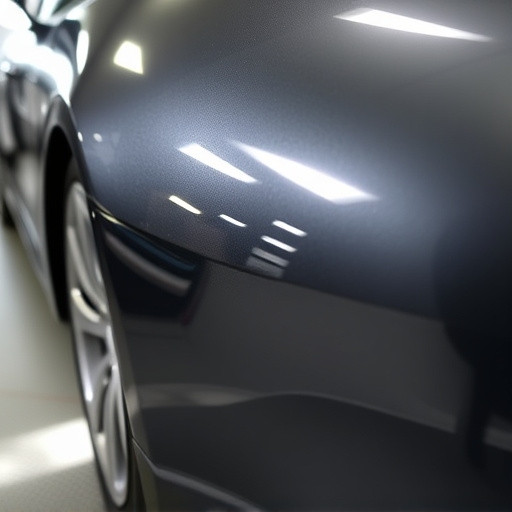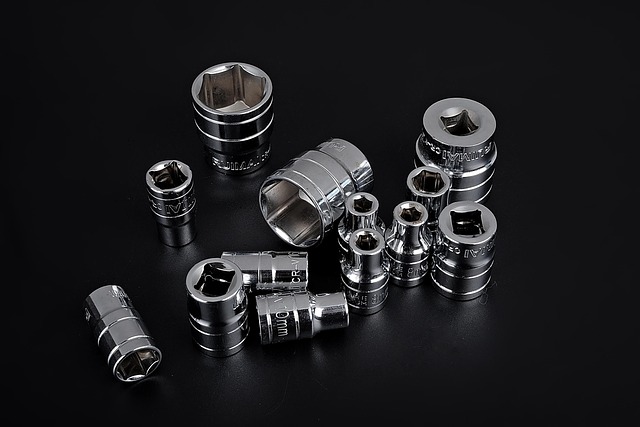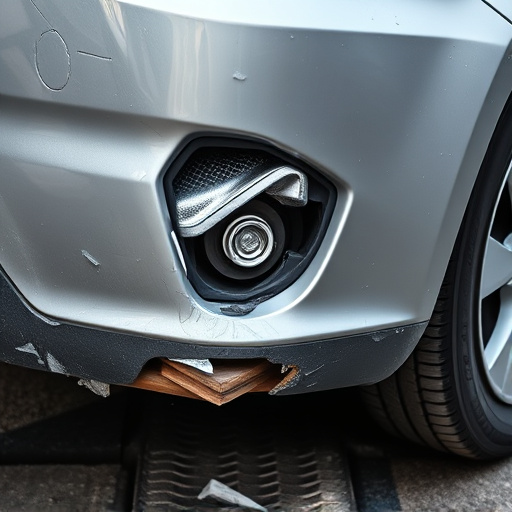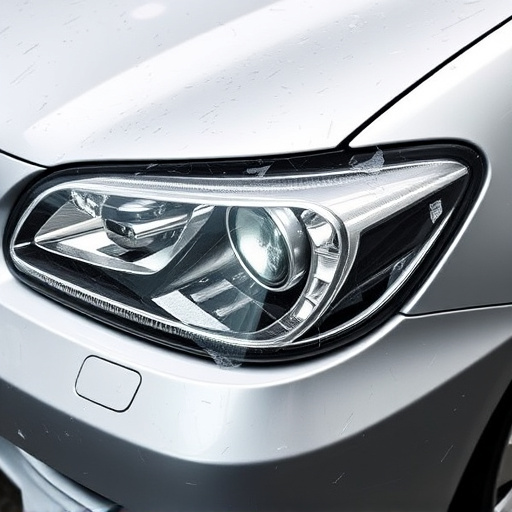Storm damage collision repair involves assessing hidden structural issues beyond initial visible dents. Advanced tools and expertise are crucial for diagnosing misaligned frames and unibody systems, ensuring vehicles' safety and reliability. Water damage, often overlooked, can cause long-term problems like corrosion and mold growth, requiring meticulous disassembly and replacement of components.
In the aftermath of storms, vehicle owners often face the challenge of navigating complex collision repairs. This article delves into the common issues prevalent in storm damage collision repair, offering valuable insights for both professionals and those seeking restoration. We explore critical aspects such as assessing structural integrity, addressing misalignment, and mitigating water damage—hidden risks that demand meticulous attention. Understanding these challenges is pivotal for ensuring safe, high-quality repairs post-storm.
- Assessing Structural Integrity After Storms
- Common Misalignment and Frame Issues
- Water Damage: Hidden Risks in Repairs
Assessing Structural Integrity After Storms

After a storm, assessing the structural integrity of vehicles is paramount for safe and effective storm damage collision repair. While initial inspections might reveal noticeable dents and crushed panels, deeper issues could be lurking beneath the surface. Structural components such as frames and unibody systems must be meticulously evaluated to ensure they remain intact and aligned, as any compromise can affect the vehicle’s overall safety and handling.
Professional automotive repair services rely on advanced diagnostic tools and expertise to uncover hidden damage, like weakened welds or misaligned parts. These thorough assessments are crucial for determining the scope of repairs needed, whether it involves simple dent removal and painting or complex frame straightening and replacement in severe cases of storm damage collision repair. Vehicle collision repair specialists employ these meticulous procedures to ensure not only the aesthetic restoration but also the safety and reliability of vehicles post-storm.
Common Misalignment and Frame Issues
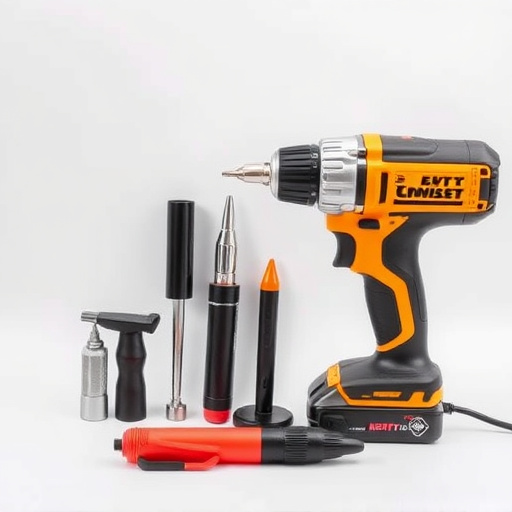
In the chaos following a storm, one of the most prevalent issues in storm damage collision repair is misalignment and frame damage. Many vehicles involved in fender benders or minor accidents during storms sustain structural integrity issues that require meticulous attention during auto maintenance. These problems can range from slightly off-kilter body panels to more severe frame cracks, often caused by the unique challenges posed by stormy conditions.
Proper alignment is crucial for a successful car restoration process. Even seemingly minor misalignments can lead to long-term problems like uneven tire wear and poor handling dynamics. Therefore, storm damage collision repair technicians must be highly skilled in diagnosing and rectifying these issues, ensuring that vehicles return to their pre-incident condition or even better, as part of the comprehensive auto maintenance routine.
Water Damage: Hidden Risks in Repairs

Water damage often lurks as a hidden risk in storm damage collision repair, posing significant challenges for both vehicle owners and automotive body shops. While the initial impact may be visible, such as dents or broken windows, the true extent of water intrusion can go unnoticed, leading to long-term problems. Moisture seeping into the vehicle’s interior and underbody can cause corrosion, compromise structural integrity, and foster the growth of mold and mildew.
This is particularly concerning in regions prone to severe storms, where flooding or heavy rainfall might leave vehicles submerged. Even seemingly minor water damage may result in extensive auto body repairs, including disassembly and replacement of components like seats, flooring, and electrical systems. For luxury vehicle brands like Mercedes-Benz repair, addressing water damage becomes even more critical due to the advanced technology and precision craftsmanship involved, demanding meticulous attention during the storm damage collision repair process.
In addressing storm damage collision repair, understanding common issues like structural integrity problems, misaligned frames, and hidden water damage is crucial. By recognizing these challenges proactively, auto body shops can enhance their post-storm service quality, ensuring safer and more reliable vehicle restoration for customers affected by severe weather events. This proactive approach contributes to the overall efficiency and effectiveness of storm damage collision repair services.

